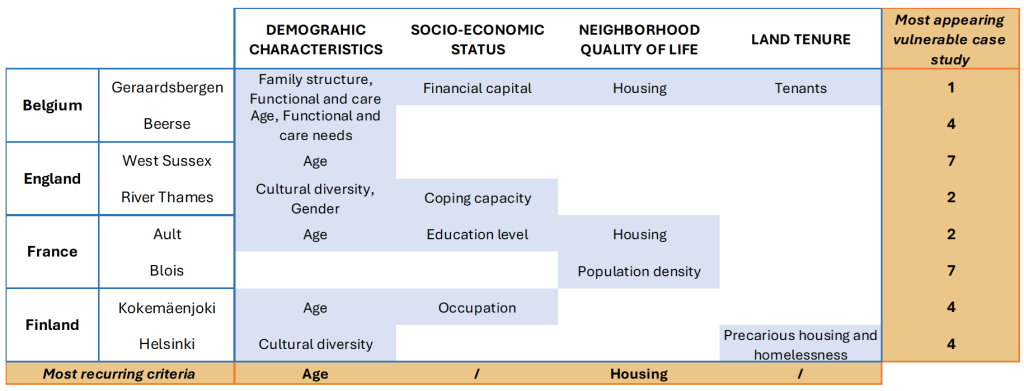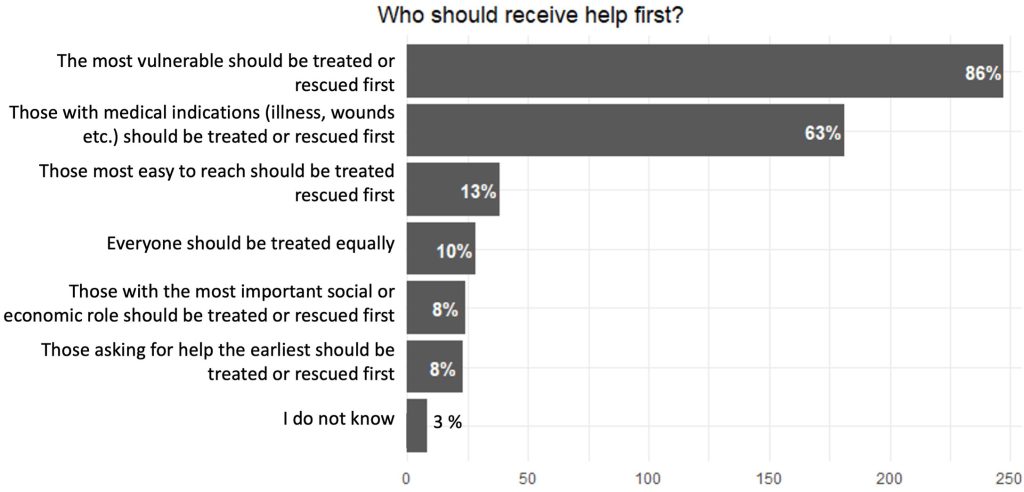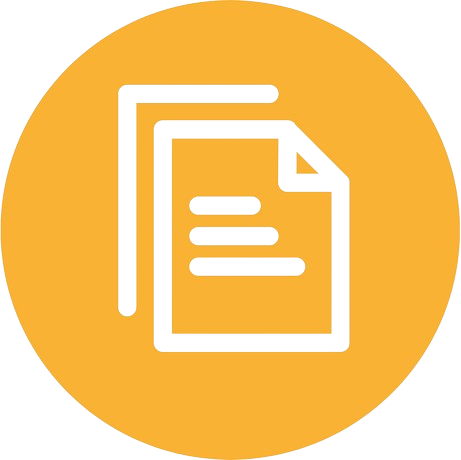Vulnerability criteria are numerous and interconnected; they operate at the individual, household, or community level. The two major groups of criteria are demographic characteristics and socio-economic status, which are most frequently mentioned in the literature and in the case studies of the Solaris project, followed by the neighborhood quality of life and the land tenure. In these case studies, Vulnerability criteria are rarely identified, making it difficult to analyze them comprehensively. Given the limited information available on the types of vulnerabilities in territories, the question of Equity in the face of flood risks arises. However, by cross-referencing the identified social Vulnerability factors listed in Rufat et al.’s scientific article with the description of the case studies, it was possible to identify these vulnerabilities (cf. image 5):

N.B.: This chart has been completed with information appearing in the case studies’ reports. Only criteria leading to an enhanced Vulnerability have been noted (for example, criteria such as “financial capital” highlight a lack of financial resources. As a high financial capital seems to increase Resilience to floods, case studies displaying a high financial capital have not been integrated into the chart).
Although social vulnerabilities are being more and more documented, discrepancies tend to exist between what people think should be done to reduce these vulnerabilities and what is actually done on the field (Fekete & Rufat, 2023). In fact, once vulnerabilities are identified, the question is how to address them in the case of flood disasters in order to ensure more social Equity between people? According to the United Way of the National Capital Area (2021), social Equity is “impartiality, Fairness and Justice for all people in social policy”. It also “takes into account systemic inequalities to ensure everyone in a community has access to the same opportunities and outcomes. Equity of all kinds acknowledges that inequalities exist and works to eliminate them”. Researchers and experts questioned in the scientific paper of Fekete & Rufat (2023) seem to align with that definition : while 10% of them think all people should be treated equally when it comes to receiving help, 86% think that the most vulnerable should be helped first (cf. Image 6).
This section illustrates that social vulnerabilities in the case of a flood Disaster do exist and that ensuring Equity between people is directly linked to take action based on the identification of these vulnerabilities in a given territory. However, the cases studied in this web-documentary tend to show that even if vulnerabilities exist and can be/are identified, effective actions to reduce them are far from being universally implemented.
DIG DEEPER…
Want to go further?


